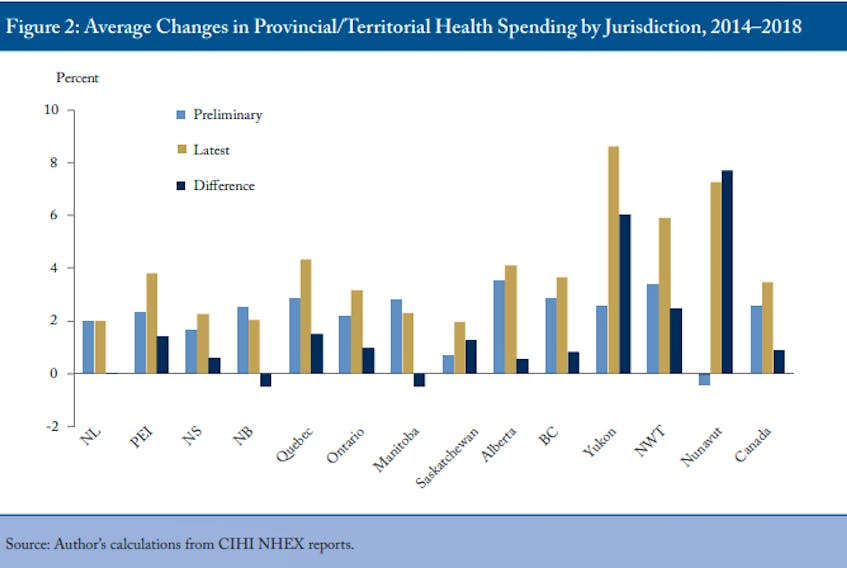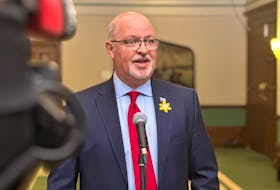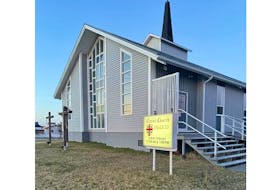ST. JOHN'S, N.L. — Peter Jackson
Local Journalism Initiative Reporter
A new report from conservative think-tank C.D. Howe Institute suggests health-care budgets in Canada rarely come in on target.
Reviewing data on preliminary and later budgets over the last 20 years — gleaned from Canadian Institute for Health Information reports — author William B.P. Robson discovered an average overrun of 0.9 per cent, although numbers vary across jurisdictions. The highest overruns were found in Yukon and Nunavut.
“This variation across the country suggests that provinces and territories can learn from others’ experience when it comes to holding the line on spending and shifting care to more cost-effective channels,” Robson wrote. “We need that learning: fiscally sustainable health care is not just about budgeting affordable amounts; it is about hitting those targets.”
This province, however, has apparently stayed on track.
From 2014-18, Newfoundland and Labrador was the only province to meet its preliminary estimates. Only Manitoba and New Brunswick underspent.
In his report, Robson lumps the Atlantic provinces together by noting their numbers paint “a frugal picture.”
“Perhaps the chronic fiscal pressure afflicting these provinces has prompted both conservative budgeting and relatively tight expenditure management,” he surmises.
Frugality hardly describes Newfoundland’s predicament, however.
“The financial numbers on Newfoundland and Labrador’s health-care performance are quite good,” Memorial University political scientist Russell Williams said Thursday. “The numbers on health-care outcomes are not.”
Williams notes the report attributes higher-than-planned spending in most jurisdictions to infrastructure projects such as new hospitals — something this province has had to go without in recent years, despite facilities being on the drawing board.
As well, Newfoundland and Labrador has historically spent more on health care per capita than most other regions of the country. It’s more expensive here because of demographics and geography.
Last November, SaltWire Network reported that the province has increasingly tried to close that gap.
At the time, Health Minister John Haggie noted the province’s health-care spending was projected to grow by 0.6 per cent in 2019, lower than any five-year average since the 1990s.
But that comes at the cost of wage freezes and other austerity measures, said Williams.
And it’s not going to get any better.
“The average age of a person in Newfoundland and Labrador is 10 years higher than many other comparable provinces,” he said.
“Health-care costs per person go up rapidly as people get older. Providing health care to an aging population in rural Newfoundland, in particular, is a very wicked problem with very few solutions.”
Peter Jackson is a Local Journalism Initiative Reporter covering health in Newfoundland and Labrador.









